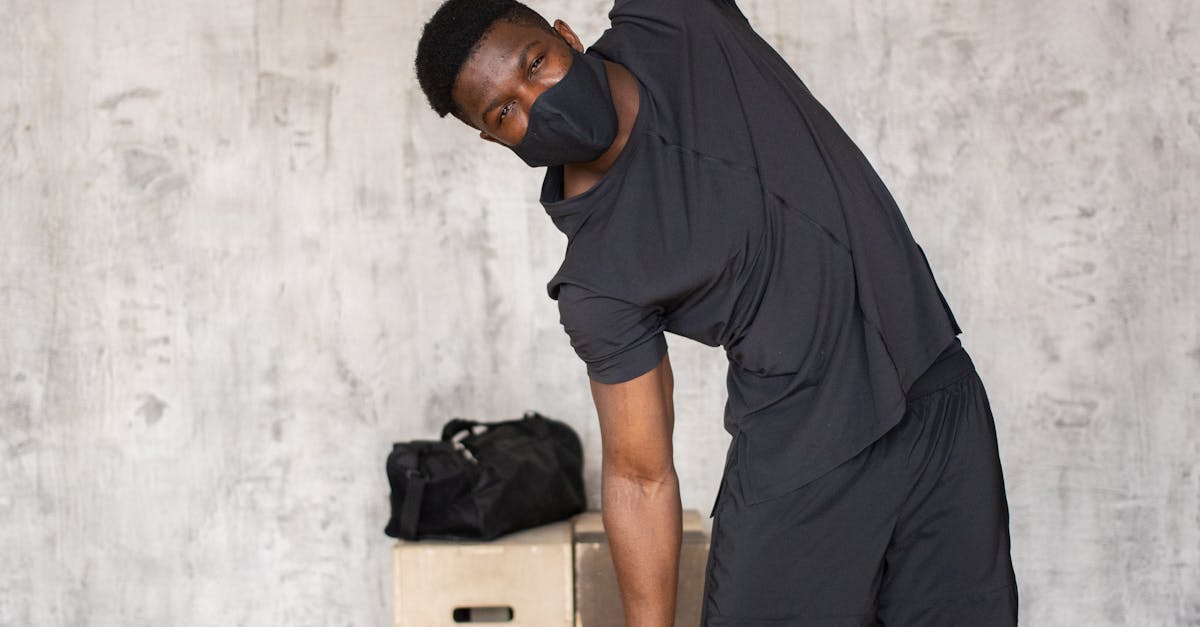What is a safe sport certificate?

Benefits of Holding a Safe Sport Certificate
A Safe Sport certificate offers numerous advantages to individuals involved in athletic activities. It enhances personal credibility by demonstrating a commitment to maintaining a safe environment for all participants. Those holding the certificate are more likely to be trusted by athletes, parents, and organizations, which can lead to increased opportunities for coaching or volunteering.
Additionally, having this certification can differentiate an individual in a competitive job market. Many sports organizations prioritize hiring candidates with a Safe Sport certificate, recognizing it as an essential qualification. This formal recognition not only reflects a dedication to athlete welfare but also contributes to fostering a culture of safety within sports communities.
This new blog post covers this topic in more detail.
Enhancing Credibility in Athletic Programs
Holding a Safe Sport Certificate can significantly elevate the reputation of athletic programs. Parents and guardians often prioritize the safety and well-being of their children when choosing a sports organization. By showcasing certification, programs instill confidence in their commitment to safeguarding participants against abuse and misconduct.
Incorporating the Safe Sport framework into athletic programs also fosters a culture of accountability and transparency. Coaches and administrators who complete certification gain insights into best practices and guidelines for maintaining a secure environment. This not only enhances the program's credibility but also attracts talented athletes and dedicated support from the community.
Safe Sport Policies and Guidelines
Establishing comprehensive policies and guidelines is essential for promoting a safe environment in sports. These frameworks help organizations define acceptable behavior and outline procedures for reporting misconduct. By implementing clear rules, sporting bodies can create a culture of accountability and transparency. These guidelines serve as a foundation for training programs that educate coaches, athletes, and parents on safe practices and proper responses to potential issues.
Many organizations adapt their policies to reflect the specific needs of their communities while adhering to national standards. These guidelines often address a range of concerns, including abuse prevention, bullying, and harassment. Training modules are developed based on these policies, ensuring all stakeholders understand their responsibilities. Consistent application of these guidelines strengthens the overall integrity of athletics and fosters trust among participants.
Framework for Safe Sporting Environments
Creating a framework for safe sporting environments involves implementing comprehensive policies that prioritize the well-being of all participants. This framework includes guidelines for preventing harassment, abuse, and other forms of misconduct. Clear protocols for reporting and addressing concerns ensure that athletes feel secure and supported within their programs. Training for coaches, staff, and volunteers is essential, as it equips them to recognize and respond to inappropriate behavior effectively.
In addition to establishing rules and guidelines, a safe sporting environment encourages open communication between athletes, coaches, and parents. Ensuring that everyone understands their roles and responsibilities fosters a culture of trust and accountability. Regular evaluations of safety measures allow organizations to adapt and improve based on feedback and changing circumstances. Through ongoing education and commitment to safety, sports programs can provide an environment where participants thrive both physically and emotionally.
Resources for Safe Sport Education
Various organizations provide resources designed to enhance understanding and implementation of safe sport practices. The US Center for SafeSport plays a pivotal role by offering comprehensive training modules that address abuse prevention and response protocols. These courses cater to coaches, athletes, and staff, ensuring everyone involved in youth sports is educated on maintaining a secure environment.
Additional resources can be found through national governing bodies and local clubs, many of which have adopted specific safe sport programs. These initiatives often include educational workshops, webinars, and printed materials that focus on the dynamics of safety within sports. By leveraging these resources, sports organizations can cultivate an atmosphere that prioritizes safety and encourages all participants to engage in healthy, respectful interactions.
Organizations Offering Certification Programs
Several organizations provide certification programs focused on safe sport practices. These programs are designed to educate coaches, athletes, and administrators on preventing abuse and promoting a positive environment in sports. The United States Center for SafeSport leads efforts to ensure that all individuals involved in sports are aware of their responsibilities and can recognize harmful behaviors. Through online courses and training modules, they create a comprehensive learning experience that can be accessed conveniently.
Another key player in the certification landscape is the National Federation of State High School Associations (NFHS). They offer resources and courses aimed at developing a better understanding of safe sport policies and practices. By providing valuable training materials and guidelines, they help schools and sports organizations implement robust safety measures. These programs not only promote awareness but also ensure adherence to national standards for safe sports participation.
FAQS
What is a Safe Sport Certificate?
A Safe Sport Certificate is a credential that indicates an individual has completed training focused on preventing abuse and misconduct in sports. It aims to create a safe environment for participants in athletic programs.
Who needs to obtain a Safe Sport Certificate?
Coaches, officials, administrators, and volunteers who work with youth and amateur athletes are typically required to obtain a Safe Sport Certificate to ensure a safe sporting environment.
How long is a Safe Sport Certificate valid?
The validity of a Safe Sport Certificate can vary by organization, but it is commonly valid for one to three years. Renewal often requires completing updated training.
What topics are covered in Safe Sport training?
Safe Sport training typically covers topics such as recognizing and reporting abuse, understanding safe boundaries, bullying prevention, and promoting a positive sporting culture.
Where can I find Safe Sport certification programs?
Various organizations, including national sports federations and youth sports associations, offer Safe Sport certification programs. Many of these programs are available online for convenience.
Related Links
How to do SafeSport refresher?How much does SafeSport cost?